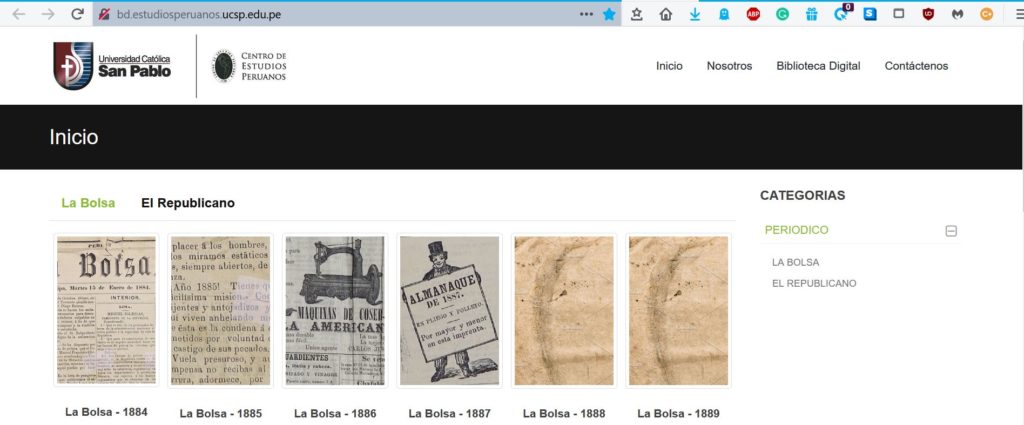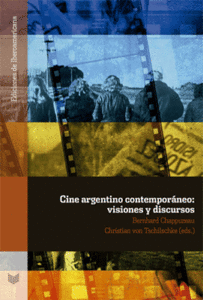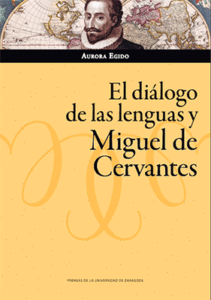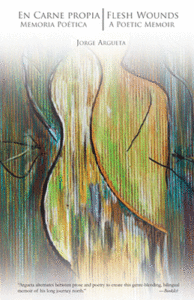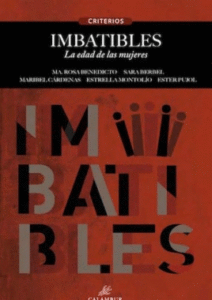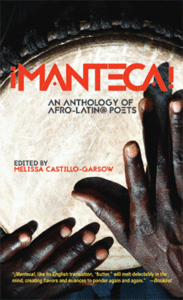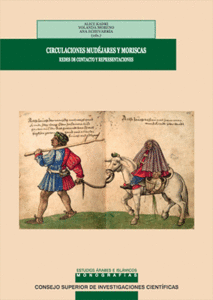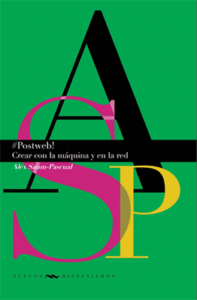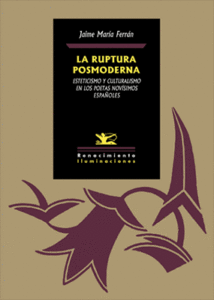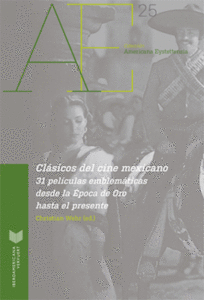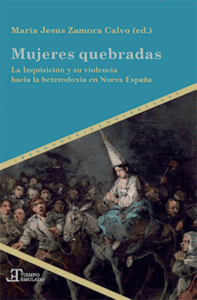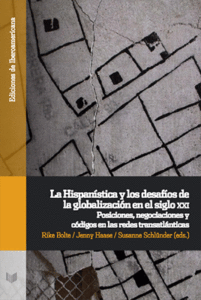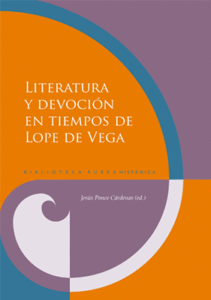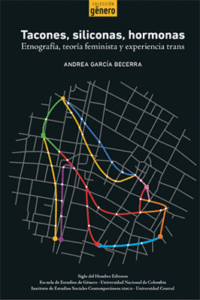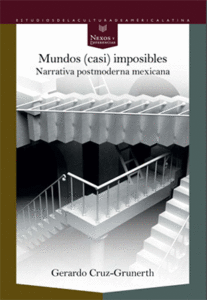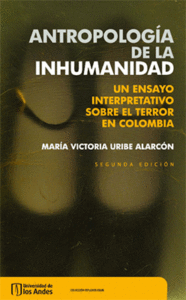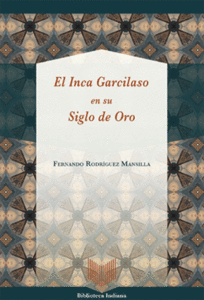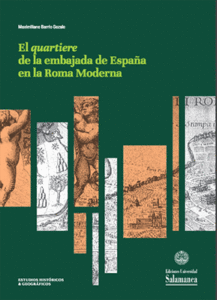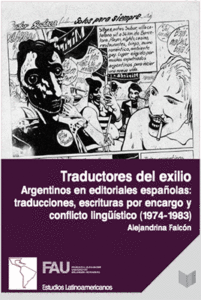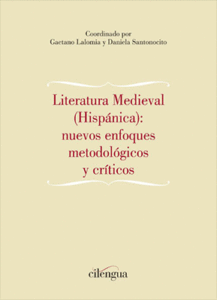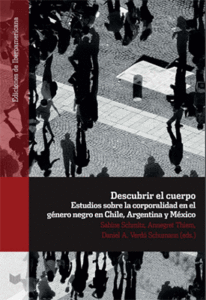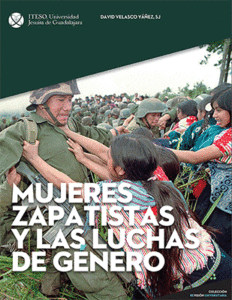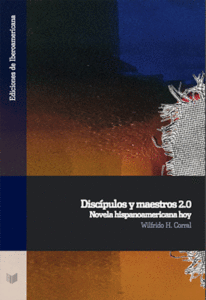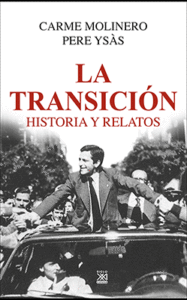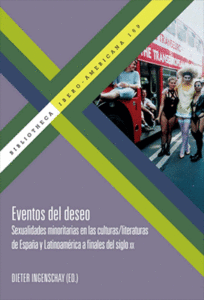Tag: Latin America
Primary Sources: Independent and Revolutionary Mexican Newspapers
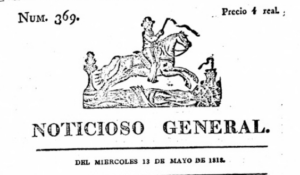 The Independent and Revolutionary Mexican Newspapers collection, created by the Center for Research Libraries, is an open access digital archive comprised of “over 1,000 titles from Mexico’s pre-independence, independence and revolutionary periods (1807-1929).” The papers “provide rare documentation of the dramatic events of this era and include coverage of Mexican partisan politics, yellow press, political and social satire, as well as local, regional, national and international news. While holdings of many of the newspapers in this collection are available only in very short runs, the titles are often unique and, in many cases, represent the only existing record of a newspaper’s short-lived publication.”
The Independent and Revolutionary Mexican Newspapers collection, created by the Center for Research Libraries, is an open access digital archive comprised of “over 1,000 titles from Mexico’s pre-independence, independence and revolutionary periods (1807-1929).” The papers “provide rare documentation of the dramatic events of this era and include coverage of Mexican partisan politics, yellow press, political and social satire, as well as local, regional, national and international news. While holdings of many of the newspapers in this collection are available only in very short runs, the titles are often unique and, in many cases, represent the only existing record of a newspaper’s short-lived publication.”
The archive is searchable, or can be browsed by newspaper title, city of origin, or language. It is also possible to find issues by date, or to select from an area on a map.
FLASCO ANDES: Biblioteca Digital de Vanguardia para la Investigación en Ciencias Sociales REGIÓN ANDINA Y AMÉRICA LATINA (Open Access)
FLASCO Andes is a union catalog of the digital library of the Andes and it provides access to the multi-disciplinary e-books, e-journals, and e-dissertations from Ecuador and other Andean region countries.
It also serves as the access gateway to multiple Open Access databases that are not only of local interests but also have international and continental dimensions. I hope that the user will find this union catalog with full-text access to great use when conducting research on the Andean region. Below are some of the screenshots of the resource. If you click on any of the screenshots, the embedded links will take you the resource itself.
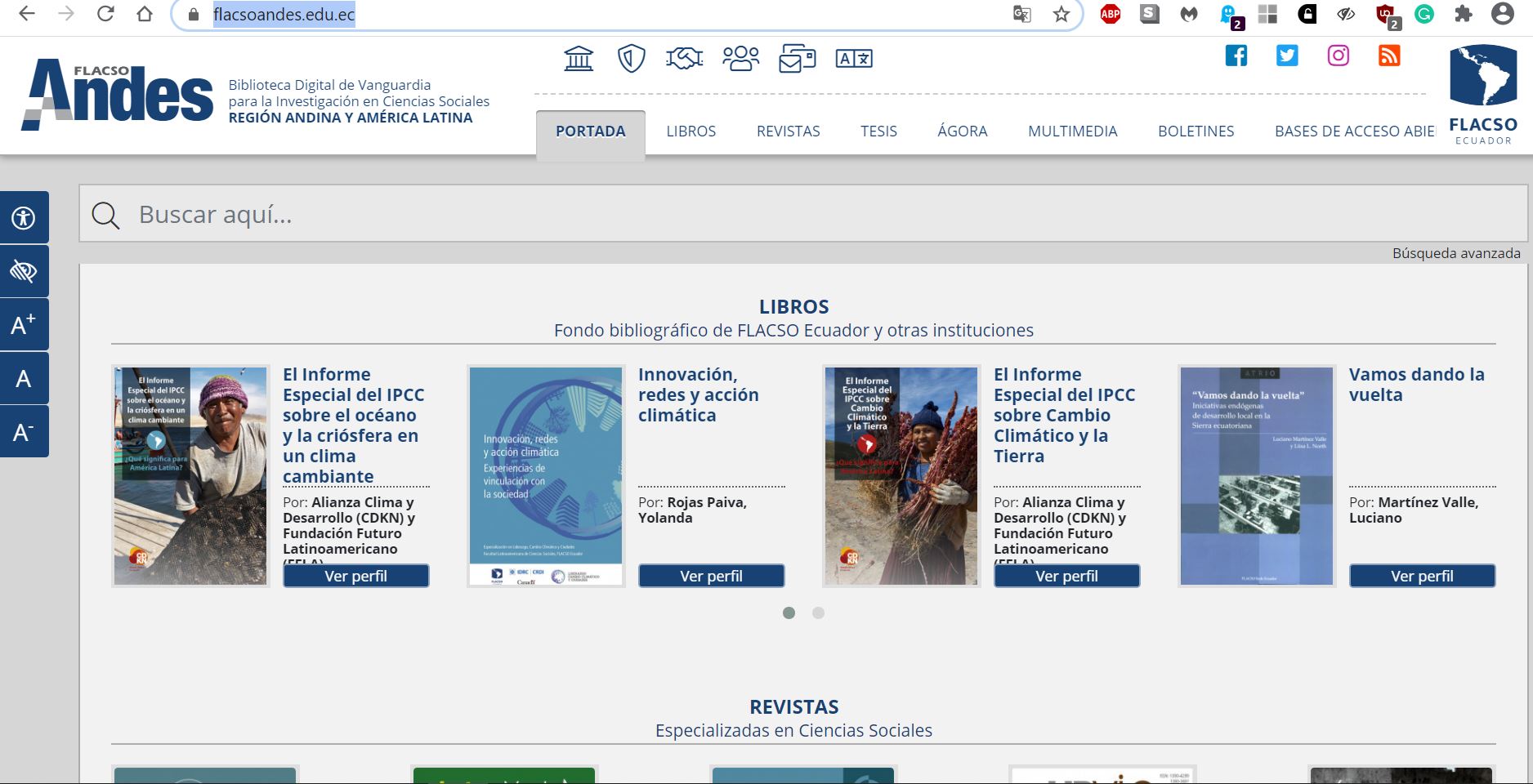 For educational purposes only!
For educational purposes only!
 For educational use only. The image above shows the landing page of different OA databases from Latin America.
For educational use only. The image above shows the landing page of different OA databases from Latin America.
LACCOM: Latin America and Caribbean Covid-19 Map at Georgetown University!
In light of the ongoing COVID-19 pandemic in Latin America, Georgetown University’s Latin American Studies Center has created a useful web-based resource on COVID-19 in the region. The site’s self-description is as follows, “LACCOM is a tool from the Georgetown University Center for Latin American Studies, documenting the impact of the ongoing COVID-19 pandemic on the countries of Latin America and the Caribbean across three rubrics: Governance and the Rule of Law, Growth, and Innovation, and Social and Cultural Inclusion.”
The screenshot below is for demonstrative and educational purposes only. Feel free to browse the website for all its features.
Open Access: Peruvian Historical Newspapers Digitized
19th Century Newspapers from Arequipa, Peru
El Republicano (1825-1855) and La Bolsa (1860-1915) have been digitized as a result of collaboration between the Center for Research Libraries and Universidad Católica San Pablo, Peru. These newspapers are available at http://bd.estudiosperuanos.ucsp.edu.pe/ and are also at available through CRL.:
- La Bolsa http://catalog.crl.edu/record=b2911279~S1
- El Republicano http://catalog.crl.edu/record=b2910775~S5
Below is a screenshot of La Bolsa on the page of UCSP. The image is being used for fair academic use only. There are other historical newspapers and images that can be accessed using the digital library of UCSP
The landing page of La Bolsa.
New ebooks from Digitalia Hispánica
For the most current and relevant publications from Latin America and Spain, ebooks are not always the first format choice, however we continue to build up the Library’s digital holding as funding permits. In light of the current COVID-19 pandemic, collaboration among librarians has taken on a new dimension as we work together to provide access to digital and digitized library resources like never before.
With joint support from the Arts & Humanities and Social Sciences divisions this year, we selected 550 ebooks on a broad range of topics and disciplines in early January of this year. Part of an annual collaboration over the past three years, these digital monographs are brought to us from one of Spain’s most important vendors for ebooks—Digitalia Hispánica. Below we’ve highlighted a few of these newly acquired ebooks from publishers like Arte Público Press, CSIC, Fondo de Cultura Económica, Iberoamericana Vervuert, LOM, Páginas de Espuma, Renacimiento and more.
To browse the entire list of more than 2,600 Digitalia ebooks in Berkeley’s collection, search OskiCat by the handle “Digitalia e-books.”
Liladhar Pendse, Librarian for Caribbean and Latin America Studies Collections
Claude Potts, Librarian for Romance Language Collections
Alain Trouvé
Open Access Latin American and Caribbean Studies Digital Resources: Episode 1
Open Access Latin American and Caribbean Studies Digital Resources: Episode 1
La Biblioteca va a su casa: Fuentes para la investigación sobre los estudios latinoamericanos.
One of the students asked a reference question: What should I do to access the primary resources while the library remains open virtually during this pandemic? The student’s question served as a stimulus to an idea of these episodes was born. Twice a week, the librarian will provide information on open access to a digital resource in Latin American Studies. In this first episode, we want to introduce you to Open Access Digital Primary Sources that are being indexed by the SALALM (Seminar on the Acquisition of Latin American Library Materials), and these can serve as a starting point for your research. Below is the screenshot of the landing page of the resource. Please click on the icon to get access to the website. The SALALM effort is a collaborative effort, and one can recommend any additional digital resources here.
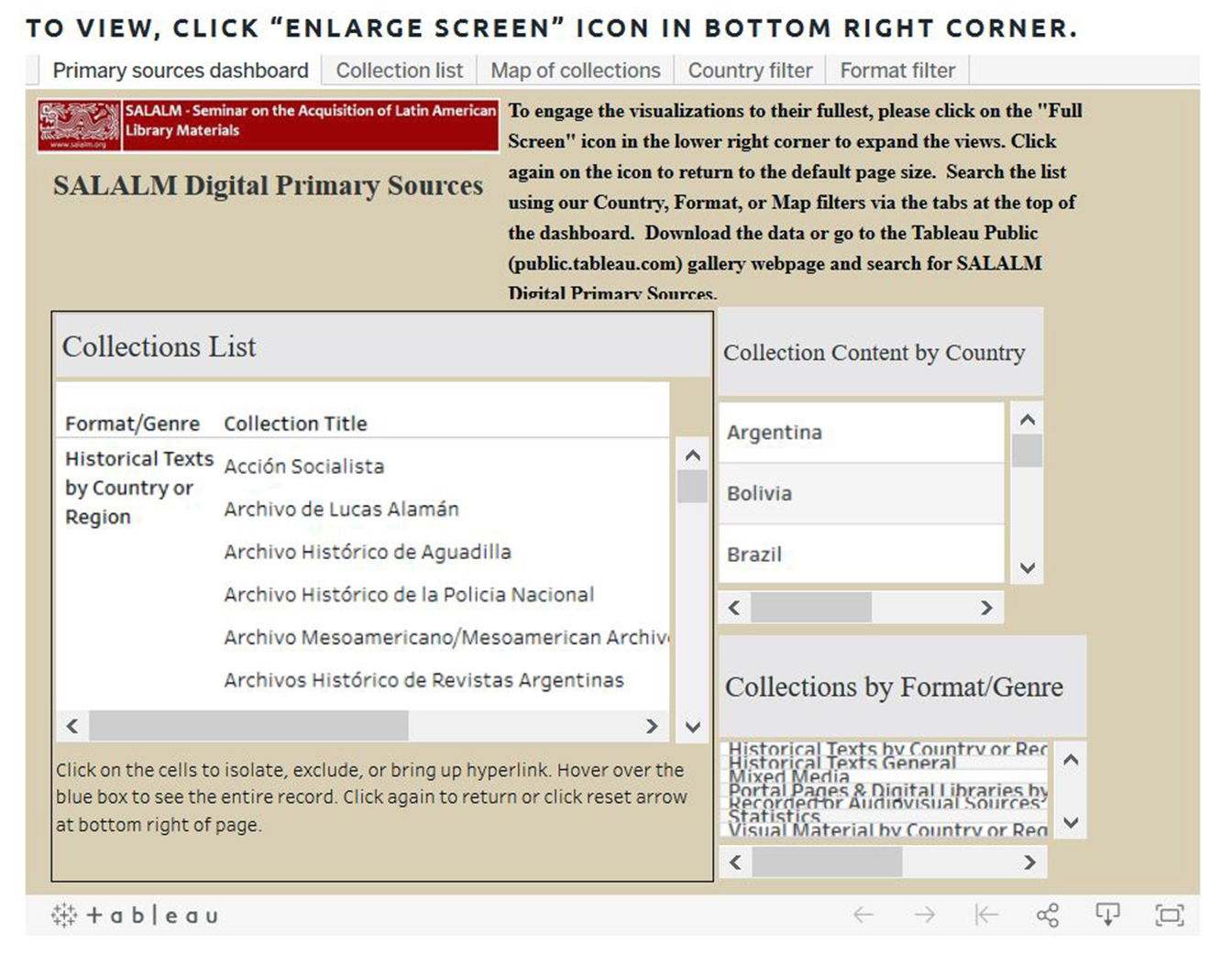
Resource: Oxford Research Encyclopedias: American History and Latin American History
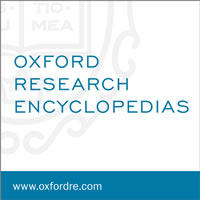 The Library has recently acquired the Oxford Research Encyclopedia of American History and the Oxford Research Encyclopedia of Latin American History, two online resources that provide peer-reviewed and regularly updated essays, as well as links to visual and primary source materials.
The Library has recently acquired the Oxford Research Encyclopedia of American History and the Oxford Research Encyclopedia of Latin American History, two online resources that provide peer-reviewed and regularly updated essays, as well as links to visual and primary source materials.
Primary Sources: Cuban Culture and Cultural Relations, 1959-, Part 2: Writers
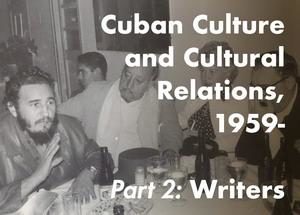 The Library has acquired the second part of the “vertical archive” of Casa de las Americas. This collection of unpublished manuscripts, letters, notes, and other ephemera, offers a unique insight into the activities of more than a thousand writers and artists who visited La Casa. Famous writers from the twentieth century form the core of the collection, including Jorge Amado, Mario Benedetti, Roberto Bolaño, María Luisa Bombal, Jorge Luis Borges, Alejo Carpentier, Aimé Césaire, Julio Cortázar, Roque Dalton and Gabriel García Márquez, to name but a few. Some of the leading writers from the nineteenth century are also represented, including José Martí and the pioneer Brazilian novelist Machado de Assis. In addition to writers, the archive includes files on painters, such as Roberto Matta and David Alfaro Siqueiros, filmmakers, such as Santiago Álvarez and Glauber Rocha, and musicians, such as Chilean singer-songwriter and political activist Víctor Jara.
The Library has acquired the second part of the “vertical archive” of Casa de las Americas. This collection of unpublished manuscripts, letters, notes, and other ephemera, offers a unique insight into the activities of more than a thousand writers and artists who visited La Casa. Famous writers from the twentieth century form the core of the collection, including Jorge Amado, Mario Benedetti, Roberto Bolaño, María Luisa Bombal, Jorge Luis Borges, Alejo Carpentier, Aimé Césaire, Julio Cortázar, Roque Dalton and Gabriel García Márquez, to name but a few. Some of the leading writers from the nineteenth century are also represented, including José Martí and the pioneer Brazilian novelist Machado de Assis. In addition to writers, the archive includes files on painters, such as Roberto Matta and David Alfaro Siqueiros, filmmakers, such as Santiago Álvarez and Glauber Rocha, and musicians, such as Chilean singer-songwriter and political activist Víctor Jara.
Primary Sources: Records of the US Department of State for Panama & Brazil
 The Library has recently acquired online access to these government documents:
The Library has recently acquired online access to these government documents:
Panama: Records of the U.S. Department of State, 1950-1963
Documents in this collection trace U.S.-Panamanian relations during the Truman, Eisenhower, and Kennedy administrations. Issues relating to shipping and the significance of the Panama Canal during the Cold War include: “Panama Stymies Use of Her Flag in Vietminh Trade … A parallel situation exists in the trade with Red China” (September 1955); and “Ships Enroute to U.S. from Soviet or Satellite Ports” (October 1957). A letter to U.S. Ambassador Julian F. Harrington details “the possibility that the Conference on the Law of the Sea in 1960 would result in a general acceptance by the United States of a six-mile breadth of territorial sea” (April 1960). Other documents chart day-to-day aspects of the economy: a report on sugar production with tables on sugar production and consumption (June 1950); and an announcement by the Panamá Canal Company of a contract award for native lumber (August 1952).
Brazil: Records of the U.S. Department of State, 1960-1963
This archive focuses on Brazil in the early 1960s. Sample documents include a report from Recife on the cultivation and export of pineapples, “especially in the states of Pernambuco and Paraíba,” as “an increasing source of foreign exchange for the Northeast.” A November 1962 memorandum details the issuance of 40 billion cruzeiros in new currency “to meet runs on commercial banks during the political crisis, gradually flowing back to the Bank of Brazil following the return of normal conditions.” The collection covers the period following the resignation from the presidency of Janio Quadros in 1961 and the succession of Vice President Joao Goulart, whose years in office were marked by high inflation, economic stagnation, and the increasing influence of radical political elements. The armed forces, alarmed by these developments, staged a coup on March 31, 1964, during the administration of U.S. President Lyndon B. Johnson.
Primary Sources: The Guatemala Collection: Government and Church Documents for Sacatepéquez
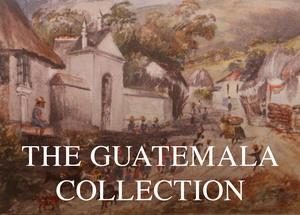 The Library has acquired the The Guatemala Collection: Government and Church Documents for Sacatepéquez (1587-1991).
The Library has acquired the The Guatemala Collection: Government and Church Documents for Sacatepéquez (1587-1991).
Populated predominantly by indígenas (indigenous peoples) who speak Kaqchikel-Maya, Sacatepéquez Department offers an excellent window into Latin American and Native American history. Crucial to Guatemala’s colonial and national development, indígenas were largely discounted and denigrated. Despite such discrimination and disadvantages, many found ways to survive and thrive. Often converging at the nexus of modernization and tradition, the documents in this collection convey the complicated hybrid history of a nation striving to present itself as progressive and civilized in an Atlantic world that seldom associated those qualities with indigeneity. The Guatemala Collection houses a rich array of government, church, and civil documents that bear testimony to an indigenous population’s struggle and success with the changing social, economic, political, and religious dynamics of colonial and independent rule.
The Guatemala Collection comprises ten series. Across these ten series, the documents of the collection are organized into fifty-seven distinct classifications that include such themes as economy, agriculture, forced labor, complaints, crime, annual reports, natural disasters, municipal affairs, education, elections, military, public works, religion, public health, lands and estates, development, resignations and solicitations, regulations, festivities, and maps.
Language: Spanish

